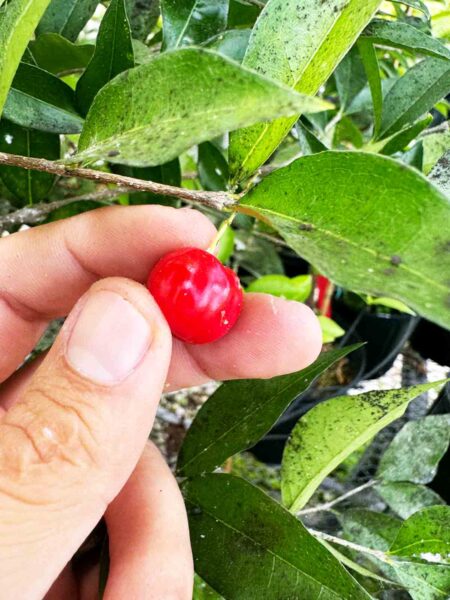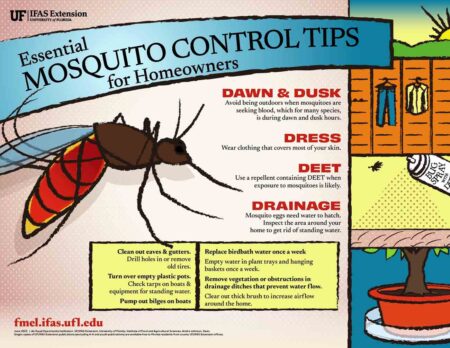NICEVILLE, Fla — Sod webworms and armyworms have been active in many local lawns lately.
If you’ve noticed small light brown moths flying low to the ground in the lawn, watch for small caterpillars feeding in your lawn.

The adult moths are active more during the evenings and at dusk.
The moths do not cause damage. So, don’t bother trying to control them. But their presence is reason to keep a close eye on your lawn for evidence of the larval stage (caterpillars) feeding. The larvae are small caterpillars. Their feeding results in notched or ragged leaf edges.
Sod webworms feed at night. They rest, curled up near the soil line during the day. Fall armyworms feed during the day and don’t rest in a curled position. If your lawn has damaged spots, look closely for notched leaf blades from their chewing.
With sod webworms, you may first notice a patch in your lawn that looks like it has been mowed extra low. Closer inspection reveals grass blades that have been chewed away. Armyworms feeding is more often scattered and not in patches.
Soap flush is a technique to survey for some lawn insects, including sod webworms. Mix two ounces of liquid dishwashing soap in two gallons of water and apply with a sprinkling can to a four-square foot area of injured turf. The soap irritates the caterpillars causing them to crawl to the surface to be more easily seen.
They also may be found by parting the grass and looking for small greenish caterpillars and for small green pellet-like droppings. Because the tropical sod webworms are nocturnal, a flashlight used at night will expose the caterpillars feeding.
These caterpillars can be controlled with the same insecticides as the other lawn insects. But you may also use insecticides that contain Bacillus thuringiensis, a bacterium that only kills caterpillars and won’t harm beneficial insects in your lawn.
Sod webworms and armyworms weaken the lawn but usually do not kill the grass. Because damage usually occurs late in the growing season, the lawn may not completely recover until spring.
Sod webworms and armyworms may continue to be active during fall until the lawn is dormant.
Additional information on these caterpillars is found at these two UF/IFAS Extension links. http://edis.ifas.ufl.edu/in968, https://edis.ifas.ufl.edu/in255
Larry Williams is the Extension horticulture agent with the Okaloosa County Cooperative Extension Service, University of Florida. Contact Larry at 689-5850 or email lwilliams@myokaloosa.com.







